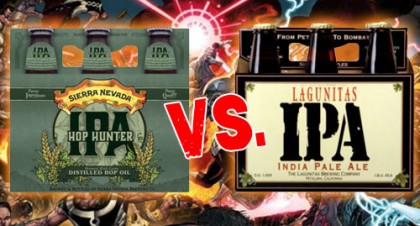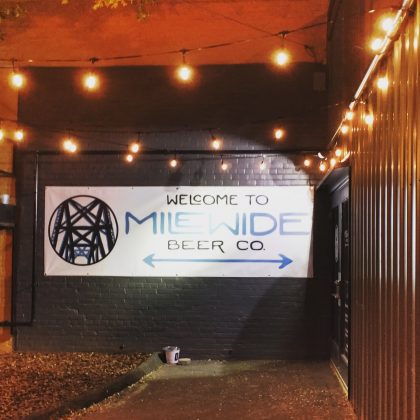 One of my stock suggestions to clients as a good way to create a great trademark has always been “get a pizza and a six pack of beer, and start brainstorming…” The reason being that unique and fanciful trademarks are usually the easiest to register, protect and enforce…and as we know, beer always gets the creative juices flowing.
One of my stock suggestions to clients as a good way to create a great trademark has always been “get a pizza and a six pack of beer, and start brainstorming…” The reason being that unique and fanciful trademarks are usually the easiest to register, protect and enforce…and as we know, beer always gets the creative juices flowing.
But come to find out, the beer folks are becoming quite the litigious crowd!
One theory is that there are only so many words or terms one can use to describe a good brew, which is why those words and terms keep popping up, to the dismay of others that had already started using them. For example, lots of craft brewers identify their beers by their geographic location, or use catchy terms that have become familiar within the industry.
Whatever the reason, things have become pretty territorial and the craft brewers are out to protect their turf…or what they think should be their turf. If certain word marks or designs are being used in connection with a number of different beers, or if the words or terms are descriptive, then no one can claim exclusive rights in those marks. If the first person to use that mark does not enforce its marks against other subsequent users, then its ability to assert its senior rights is lost.
You have to also consider the court of public opinion before you seek to assert your rights in a court of law. Assume that any cease and desist letter will hit the Internet once it’s delivered, and the case will be inevitably become a hot topic on social media. Lagunitas Brewing learned that the hard way when it decided to withdraw its complaint against Sierra Nevada for trademark infringement of its IPA logo just a few days after the complaint was filed. Lesson being, make sure your rights are strong before you start pointing fingers.
As in any trade or industry, the best way to protect your brand is to choose a mark that is original and imaginative. If your mark is descriptive of a geographic location or the product itself, the more likely someone else is already using the term. If your logo looks like something someone else is already using, that could be a problem as well. It may take a little more money to market an innovative mark at the beginning, but this investment will pay off in the long run.
Once you’ve finished your beer and brainstorming session, check the trademark database with the United States Patent & Trademark Office (USPTO) at www.uspto.gov to make sure no one else has already filed an application to register that mark, or something close to it. Also, a full clearance search of the words and any design component will capture any uses in the market that are not otherwise registered. If the word term is pretty common in the industry, odds are that you will be able use that term yourself. In the United States, you begin developing trademark rights in the mark as soon as it is placed in use, even if it is not registered with the USPTO. Therefore, should someone ever contest your mark, know your rights before responding to the cease & desist letter. You could very well win the battle of the beers!
Guest written by:
Julie Gregory Ray
Attorney
Middleton Reutlinger





